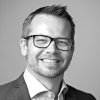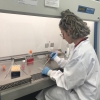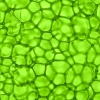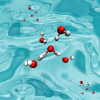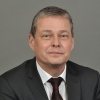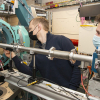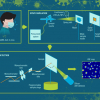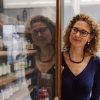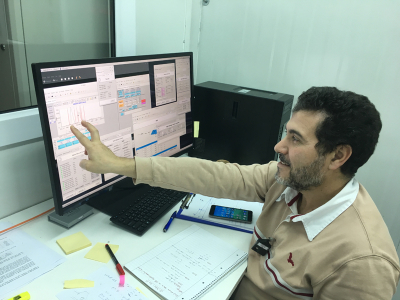
At 10:50 am on 22 November 2017 scientists at the SESAME light source, Allan, Jordan, saw First Monochromatic Light through the XAFS/XRF (X-ray absorption fine structure/X-ray fluorescence) spectroscopy beamline, signalling the start of the laboratory’s experimental programme. This beamline, SESAME’s first to come on stream, delivers X-ray light that will be used to carry out research in areas ranging from solid state physics to environmental science and archaeology.
“After years of preparation, it’s great to see light on target”, said XAFS/XRF beamline scientist Messaoud Harfouche. “We have a fantastic experimental programme ahead of us, starting with an experiment to investigate heavy metals contaminating soils in the region.”
The initial research programme will be carried out at two beamlines, the XAFS/XRF beamline and the Infrared (IR) spectromicroscopy beamline that is scheduled to join the XAFS/XRF beamline this year. Both have specific characteristics that make them appropriate for various areas of research. A third beamline, devoted to materials science, will come on stream in 2018.
“Our first three beamlines already give SESAME a wide range of research options to fulfil the needs of our research community”, said SESAME Scientific Director Giorgio Paolucci, “the future for light source research in the Middle East and neighbouring countries is looking very bright!”
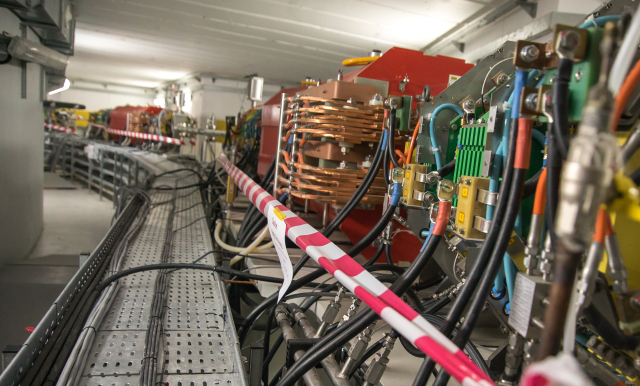
Inside the SESAME ring. Image: Noemi Caraban Gonzalez/CERN
First Light is an important step in the commissioning process of a new synchrotron light source, but it is nevertheless just one step on the way to full operation. The SESAME synchrotron is currently operating with a beam current of just over 80 mA, while the design value is 400 mA. Over the coming weeks and months as experiments get underway, the current will be gradually increased.
“SESAME is a major scientific and technological addition to research and education in the Middle East and beyond”, said Director of SESAME, Khaled Toukan. “Jordan supported the project financially and politically since its inception in 2004 for the benefit of science and peace in the region. The young scientists, physicists, engineers and administrators who have built SESAME, come for the first time from this part of the world.”
Among the subjects likely to be studied in early experiments are environmental pollution with a view to improving public health, as well as studies aimed at identifying new drugs for cancer therapy, and cultural heritage studies ranging from bioarcheology to investigations of ancient manuscripts.
“On behalf of the SESAME Council, I’d like to congratulate the SESAME staff on this wonderful milestone,” said President of the Council, Rolf Heuer. “SESAME is a great addition to the region’s research infrastructure, allowing scientists from the region access to the kind of facility that they previously had to travel to Europe or the US to use.”




